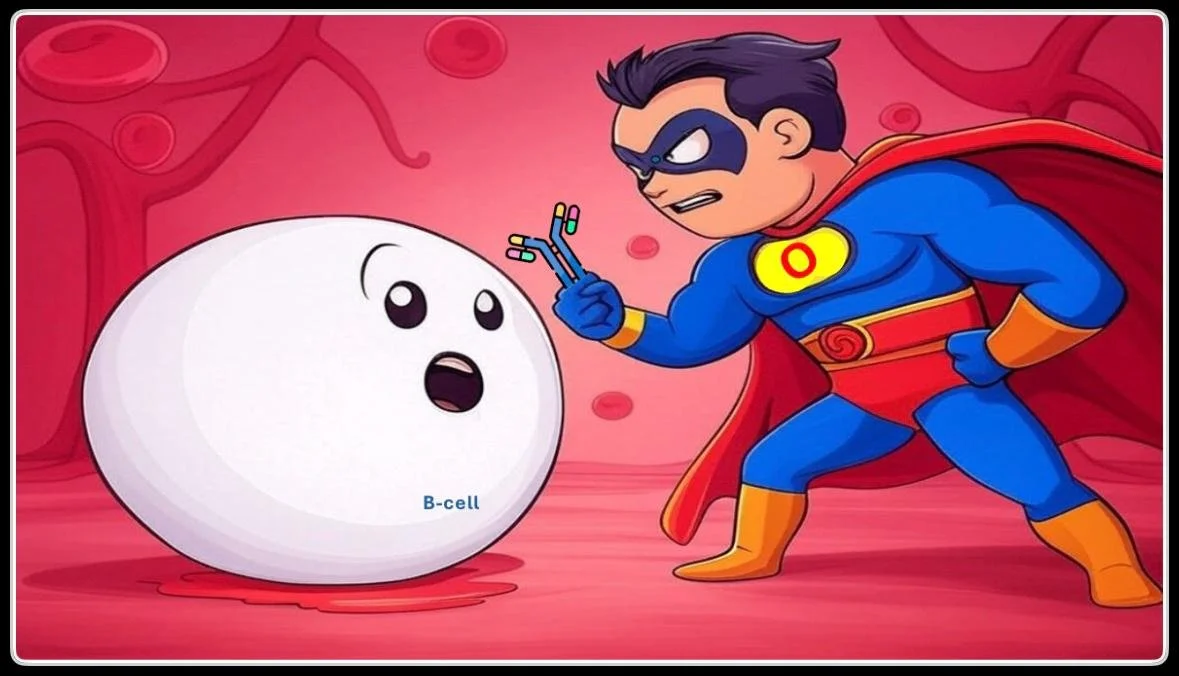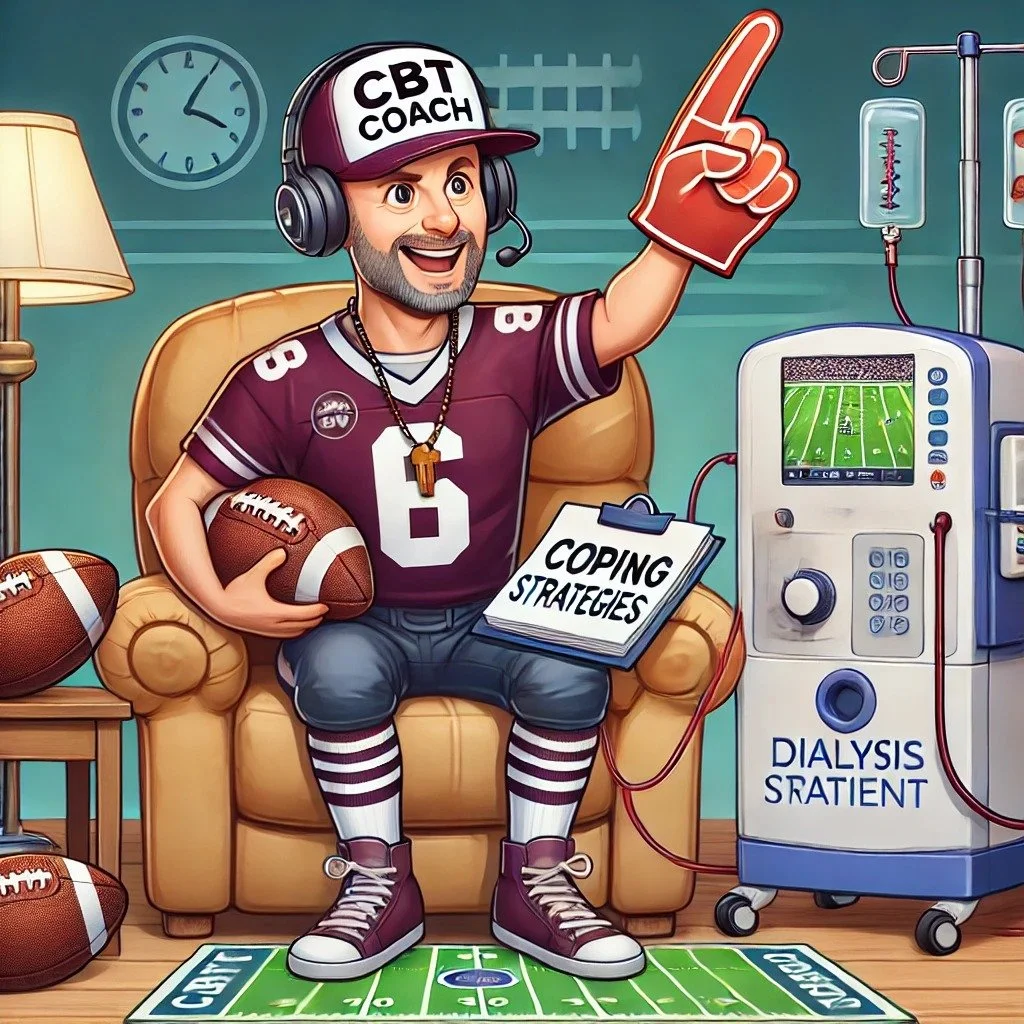As always, great job by Hector!
The #nephJC #RIPC stats and @storify
Both the chats were quite stimulating, we saw quite a number of new voices (whom we hope to see again!)
Hector did a great job, again, of storify-ing. Thanks again to Preeti Malani, Ed Livingston and the rest of the JAMA staff for their support. Look forward to the #JAMbag next time!
#NephJC does #RIPC Tues Aug 11 and Wed Aug 12. And thanks to @jama_current
RIPC = Remote Ischemic PreConditioning
We hope to see many of you in one of these chats. Thanks again to Preeti Malani, and the folks at JAMA for supporting us - both with providing a toll-free access to the article (at this link), and for providing some prizes - cool JAMA swag!
So for discussion, the topics will be
- T0: Do you use a risk score to stratify patients pre-op for risk of AKI? The authors in this study used the Cleveland Clinic risk score, but there are others. If you use a risk score, which one do you use?
- T1: Do you agree with the inclusion exclusion criteria? especially GFR < 30 as an exclusion? How about the particulars of doing the RIPC? 50 mm Hg > systolic or 200 mm Hg, whichever is lower for 5 minutes X 3. Is the sham acceptable? Lack of blinding the investigators an issue?
- T2: Dive into the results. What do people make of the difference in secondary outcomes (less effect in mild AKI?). The biomarker outcomes are also intriguing, do you agree with the interpretation?
- T3: What happens now? The authors think of this as a phase-2 study. What outcomes would you like to see in the next study? Intervention is simple and cheap - or is it?
#NephJC does #pericytes: part 2
Part 2 continued to be epic - with first author Rafael Kramann joining in this time. Check out the storify from Hector below -
And the stats were equally impressive - overall picture captured by this tweet from Matt:
#NephJC does #pericytes - part 1
Not #parasites or ... #pedicure?
This was a fantastic chat last night, with great questions from Mal Parmar, Scott Brimble, Dylan Burger and others; clear and articulate answers from Ben Humphreys - and a link heavy tweeting from Matt Sparks. The transcript will read almost like a review article - or commentary.
Stay Tuned for the EU/African chat, occurring in just over 2 hours at 8 pm *BST* - with first author Rafael Kramann joinin in this time.
In the Literature...
We mentioned the #MICE project in the newsletter a few days ago (what newsletter?? Check out and sign up - low volume, once a week, will keep you updated) - authored by Tejas Desai, Edgar Lerma, Ryan Madanick et al. It's published on the Winnower platform and has already accumulated some interesting reviews, including Chi Chu & Francesco. Two in particular stand out for their insightful comments - out-rivalling any peer review you may have seen, by Len Starnes and David Goldfarb, the latter written in his incomparable signature style.
Another fun paper (CoI alert: includes Swapnil and Joel as co-authors) is a 'Ten Steps for Setting up an Online Journal Club' - available here ($walled). This was a fun experience - crowd-sourced, written from start to end in a matter of days, and shepherded quite ably by Teresa Chan to publication.
The power of Twitter
Last week, NPR ran a story on their Shots Blog based on a paper from JAMA Surgery, Quality Improvement Targets for Regional Variation in Surgical End-Stage Renal Disease Care. The story was one sided, and without balance. The truth is that irresponsible nephrologists are not the primary reason patients don't start dialysis with a fistula. Swapnil saw the post and went on a bit of a Twitter rant discussing the limitations of both the post and the article on which it was based. As is typical for our Twitter renal community, a number of other nephrologists chipped in with poignent observations and tweets. It quickly became a great academic discussion on the difficulties with fistulas.
I collected the relevant tweets and published a Storify of the entire event.
A few hours after I published the Storify I received an e-mail from Nadia Whitehead, the author of the NPR post. We did a 15 minute phone interview where I was able to provide some balance to the original article and I urged her to call Swapnil for some more feedback. She did that and posted a follow-up article a few days later.
I think this is a pretty good example of why doctors need to participate in social media in open networks like Twitter rather than behind the locked doors of private physician networks like Doximity and Sermo. We need to be engaged in the same media and networks that the public is immersed in so we can be heard and reman relevant. I think it also shows the value of curating these discussions with a tool like Storify. I played a minimal role in the discussion but she reached out to me, primarily, I imagine, because I was the author of the Storify. The Storify is what triggered the action on her part.
#NephJC 28 - Stats
North American Chat
GMT chat
Quite close - and the stats from Symplur don't capture all the differences. Very different feel, and discussion. Storify to follow.
Swapnil Hiremath, MD
#NephJC has RSS subscribers?
A few months ago, we mentioned how to subscribe our feed with RSS.
At that time, we had one subscriber (Swapnil) - and to our great surprise, it seems to be that RSS is back. Just see below:
Unless there are spam RSS subscriptions somehow....
In some other news, we would like to thank Marjorie Lazoff for mentioning us in the LITFL blog - go check out their literature review here.
Swapnil Hiremath, M.D.
The AUA v ACP guidelines. Fight!
Tonight's and Wednesday's #NephJC is going to focus on the ACP guidelines. But it is important to recognize that a different group looked at the same data and came up with very different conclusions of what CPG should look like.
The American Urological Association Guideline (PDF) consists of 27 guidelines covering:
- Evaluation
- Diet therapy
- Pharmacologic therapy
- Follow-up
The AUA did consider 18 additional studies that were not part of the AHRQ analysis. The recommendations are graded and the authors interpreted the grades thusly:
- Clinical Principle. This is a statement about a component of care that is widely agreed upon by urologists or other clinicians for which there may or may not be evidence in the medical literature. My sense this is, that these recommendations are so woven into the fabric of stone care that people would not be able to get a study of these practices past an IRB.
- Expert Opinion. This is a statement, achieved by consensus of the Panel, based on clinical training, experience, knowledge and judgment for which there is no or insufficient evidence.
- A or B level evidence translated into Standards
- C level evidence becomes Recommendations
- Options are non-directive standards that may or may not be based on evidence. There is only one and it was evidence grade B
Background
- The prevalence of stones is increasing. It has gone from 5.2% in 1988-94 to 8.8% in 2007-2010.
- It is affecting more women so that it is much male dominated. The male:female ratio has slipped from 1.7:1 in 1997 to 1.3:1 in 2002.
- They looked at the diet studies that used stone formation as the outcome. Those studies found that increased water intake reduced stones. It found beneficial effect by avoiding cola.
- They looked at multicomponent diets and described the ability of a low sodium, normal calcium, low animal protein to reduce stones more than a low calcium diet.
- Two other studies restricted animal protein as part of a multicomponent diet and was unable to find any advantage.
- The authors point out that changes to urinary stone risk factors has not been validated as an intermediate endpoint.
The authors are transparent about one of the primary gaps in the use of diagnostic information about the nature of a stone in the therapy for that stone.
One caveat, all the RCTs diet studies were done in stone forming men.
The Guidelines
The 27 guidelines themselves are pretty straight forward and read like a description of what takes place in a well run stone clinic. The authors are again transparent, labeling many of the guidelines as Clinical Principle and Expert Opinion. In terms of the final score it looks like this:
Well over half the guidelines are opinion or clinical principle (which is just an opinion in a new hat).
Here is the breakdown by section:
Not surprisingly, only pharmacologic therapy has received significant RCT attention.
The AUA and ACP guidelines are based on the same evidence but ultimately look very different. The ACP guidelines look at this evidence desert and provide guidelines so sparse they end up functionally useless. The AUA, on the other hand, hitches the evidence to common sense, scientific innuendo, and long-held medical habit to provide fairly comprehensive guidelines that primary care doctors and part-time stone-physicians can use to actually take care of patients. The AUA guidelines paired with the AHRQ evidence analysis are documents I would have every fellow add to their iPad library. The ACP guidelines? Not so much.
In the end the ACP guidelines read like political statement protesting the sorry state of stone evidence, while the AUA guidelines provide a practical manual guiding stone care while still being transparent about the poor state of evidence.
Joel Topf, MD
What are the characteristics of a great journal club?
We are working on a survey of NephJC and I am trying to wrap my mind around what are the most important questions to ask. I really want to know how well NephJC compares as an educational experience to "In Real Life" journal clubs Thinking about that lead to this discussion on Twitter:
NephJC afterparty
Some of the best NephJC discussions come after the hour long chat and can be off topic.
A red letter day for the GMT chatters
With a healthy bump in participants post #ERAEDTA15, just compare the participants. 'Nuff said.
The American chat
The GMT chat
PD/CHF: GMT chat storify
As promised, the GMT chat storify is here, complete with the after party discussion on diuretics. Another superb curation by Hector!
Hector does the Storify for American PD/CHF chat
Hector Madariaga - Nephrology Fellow from Syracuse and #NSMC intern - has now joined the #NephJC team. And you can see that why with the excellent job he has done with the storify of last week's chat. Watch this space for more contributions.
NephJC: GMT chat slightly delayed this week
In case you were all wondering where the EU/African leg of the PD/CHF #NephJC chat disappeared, it will be held - albeit with a week's delay - on Wednesday June 3rd. It is all for a good reason. It has been quite busy for the Europeans this week - as you must have seen with all the furious tweeting from Charlie Tomson, Daniel McGuinness, David Arroyo, and many more including our very own Paul Phelan (who also wrote some excellent AJKD blog posts).
But, better late than never - and we hope many of you join us this week for the PD/CHF #nephjc chat.
Nice article on tweeting the meeting
Add this to the two articles by Alex Djuricich to flesh out your live-tweeting medical library.
Need any more evidence that #NephJC rocks?
You may have seen the evidence pyramid before, with animal studies and case reports at the bottom, and systematic reviews on the top.
Well, an interesting paper was published a few days ago, in the Journal of Medical Internet Research. Go ahead, click on that link and check it out.
It is a systematic review of all twitter-based journal clubs (and they seem to have captured all that were existing at that time). They have then examined the impact of these journals clubs using many different metrics. Interestingly, the one that immediately stands out is in table 2:
Table 2 from Roberts et al, http://www.jmir.org/2015/4/e103/
There's only one journal club with over a million impressions. Take a bow, all of you who have ever participated in a #NephJC chat!
The paper does make for interesting reading, apart from what we mention above. Some of the analyses agrees with our thoughts after the first dozen #nephJC chats.
What not to do when you are the medical director
If it wasn't from the pages of the New York Times I wouldn't believe it.
Please join us on #NephJC, Tuesday at 9PM EDT and Wednesday at 8PM GMT for a discussion of proper medical director behavior.
The NephJC 23 (warfarin) American chat Storify - and analytics
It was pretty well attended...
So was the GMT chat next day...






























